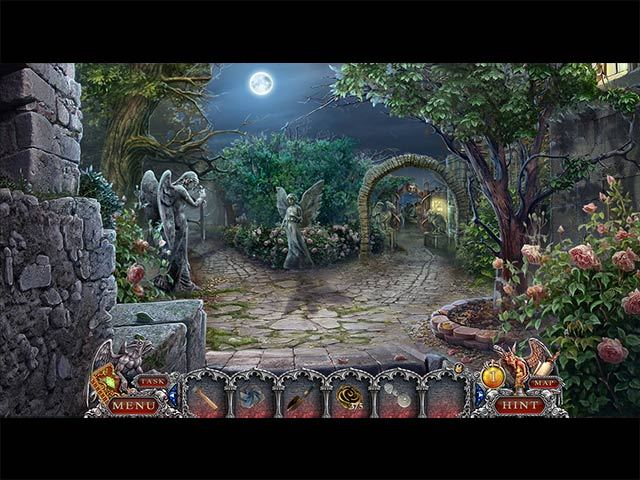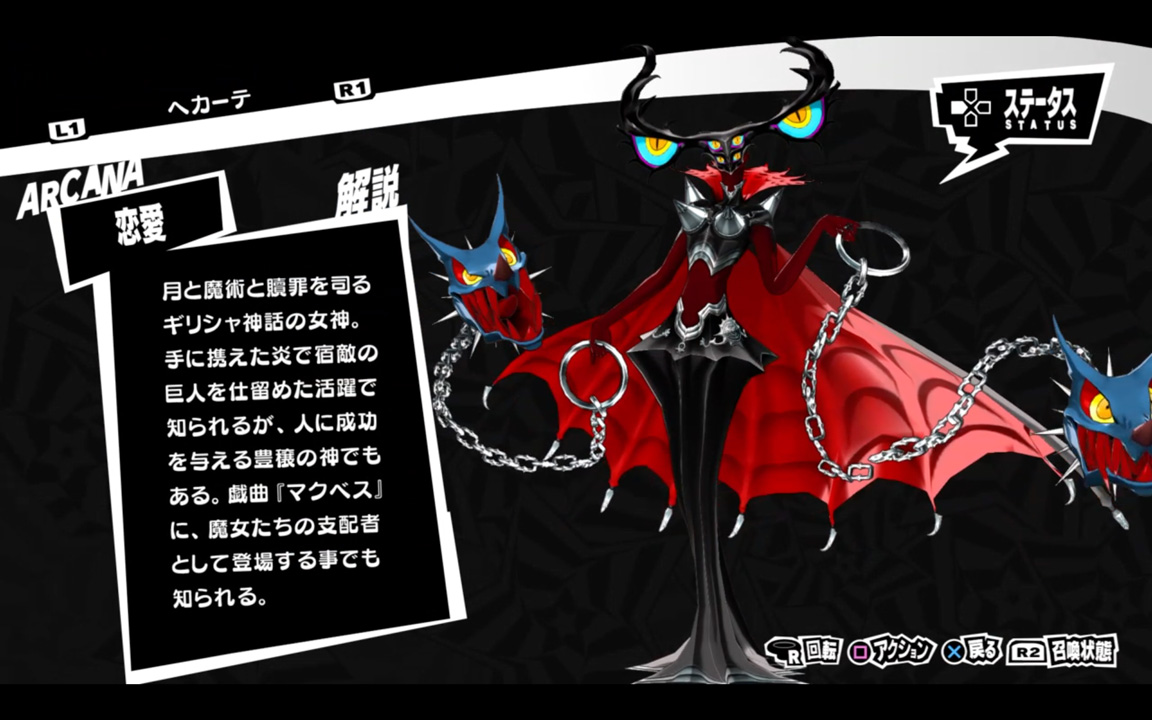- Hecate's Revenge Mac Os 11
- Hecate's Revenge Mac Os Download
- Hecate's Revenge Mac Os X
- Hecate's Revenge Mac Os Catalina
Title Developer/publisher Release date Genre License Mac OS versions A-10 Attack! Parsoft Interactive 1995 Flight simulator Abandonware 7.5–9.2.2.
- Find changesets by keywords (author, files, the commit message), revision number or hash, or revset expression.
- Who is Hecate in Macbeth? Hecate is the goddess of witchcraft, and one can view her as the ruler of the Three Witches. In Act 3, Scene 5, Hecate appears before the Witches and demands to know why she has been excluded from their meetings with Macbeth.
Developer: PopCap Games
Release date: 2009
Version: 1.0 + Full Game
Interface language: English
Tablet: Not required
Hecate's Revenge Mac Os 11

Platform: Intel only
To bookmarksZuma's Revenge! is a tile-matching puzzle video game developed and published by PopCap Games. It was released for Microsoft Windows and Mac OS X on September 15, 2009 as a sequel to the earlier Zuma, and was later ported to Windows Phone. It features high-definition graphics, new levels and 'power-ups,' several new features, as well as boss battles. On February 22, 2011, a version was introduced for Nintendo DS which features daily challenges, versus mode and achievements.
Gameplay
As in Zuma, the main objective of Zuma's Revenge! is to clear strings of rolling balls, or 'stones', by matching balls of the same color. Players move a ball-shooting frog which always points in the direction of the mouse to aim and fire balls at these strings. When three or more balls of the same color match together, they are cleared from the playfield. This clearing creates gaps through which a player may shoot more balls at nearby strings, target bonus fruit, and 'power-up' stones. Gaps automatically close if the balls at either end of the gap are (or become) the same color, potentially creating chain reaction matching and clearing as new sets of three or more are formed.
The strings of balls constantly roll along their tracks toward a skull emblem at the end. Should they reach the emblem, the player loses a life, and the game is over when the player has lost all of his or her lives. However, unlike in the original Zuma in which regardless of stage, they are allowed to play stage one of the temple again, when the player gets a game over, they will start again at the checkpoint (stage one of an area if the player loses before the mid level and stage five if the same situation happens in stages six to ten). The strings are always 'pushed' by the last ball in the string, so any balls not connected to the rearmost string do not move on their own.
Hecate's Revenge Mac Os Download
Screenshots from the game Zuma's Revenge!
- Mac OS 10.4.11 and higher
- RAM 1 GB and above
- Intel processor 1.66 +
